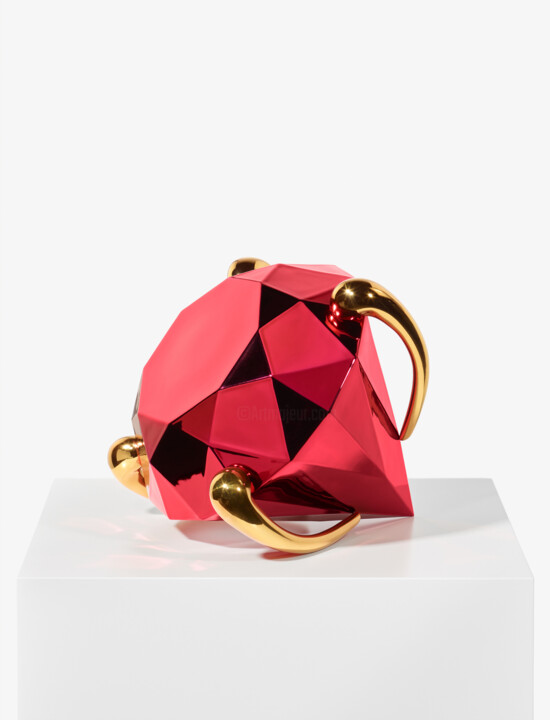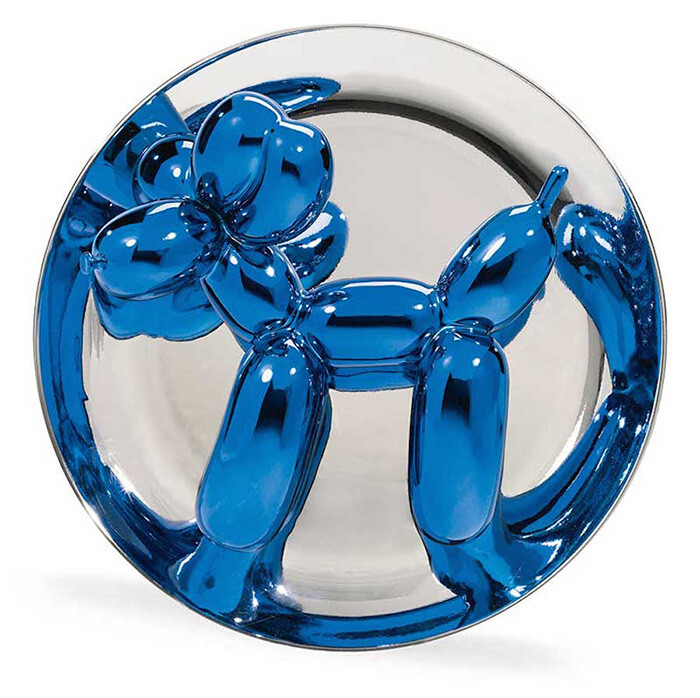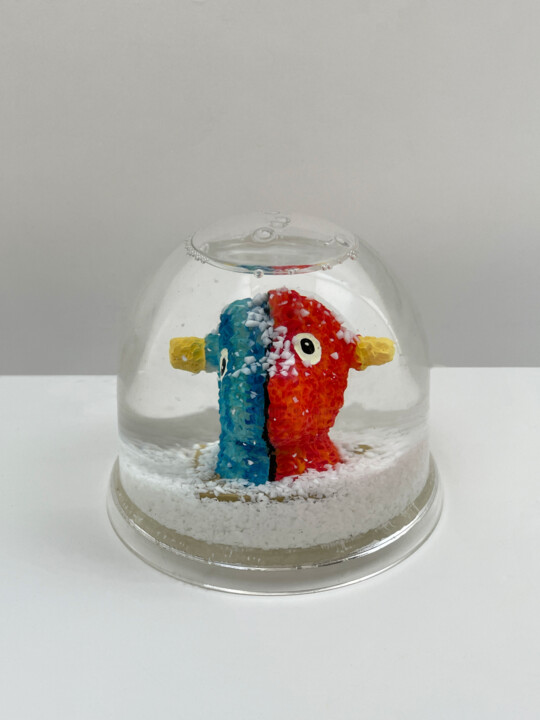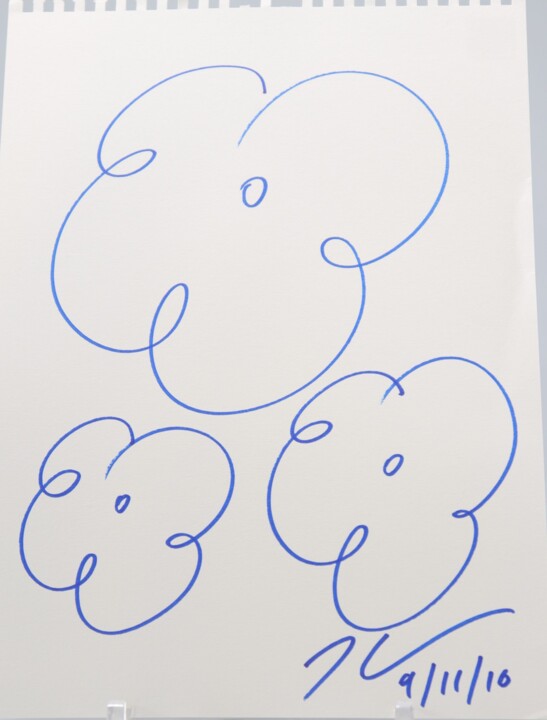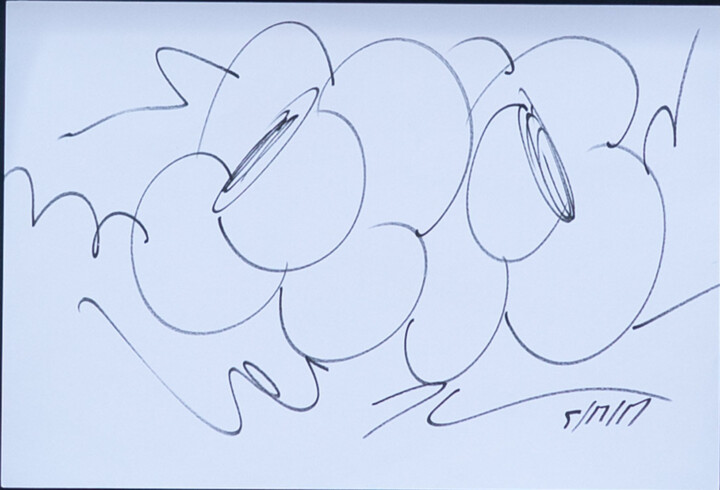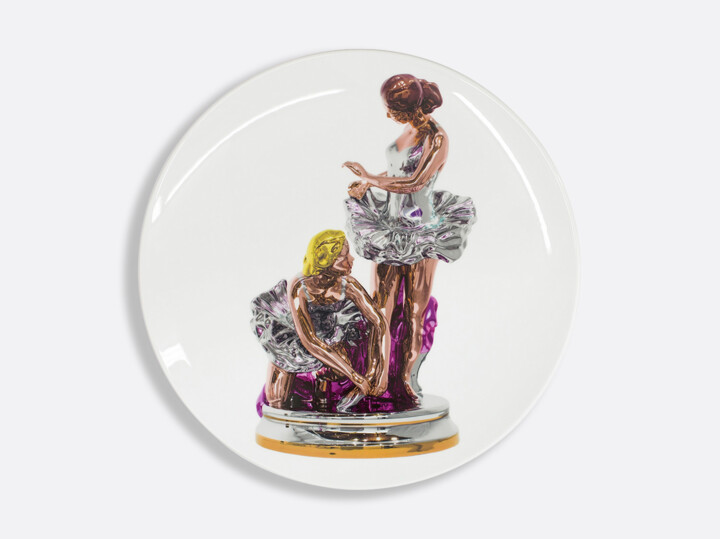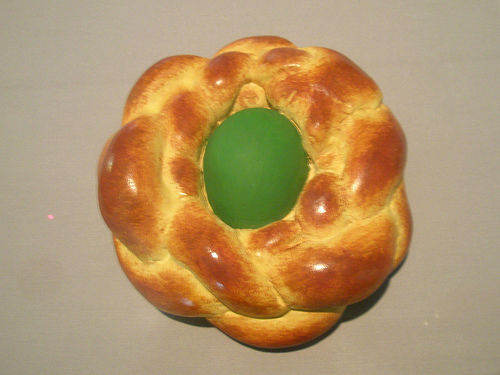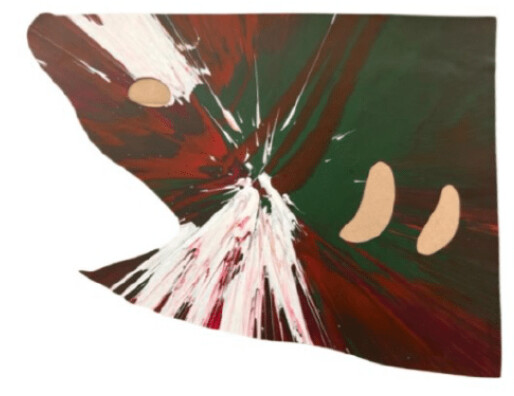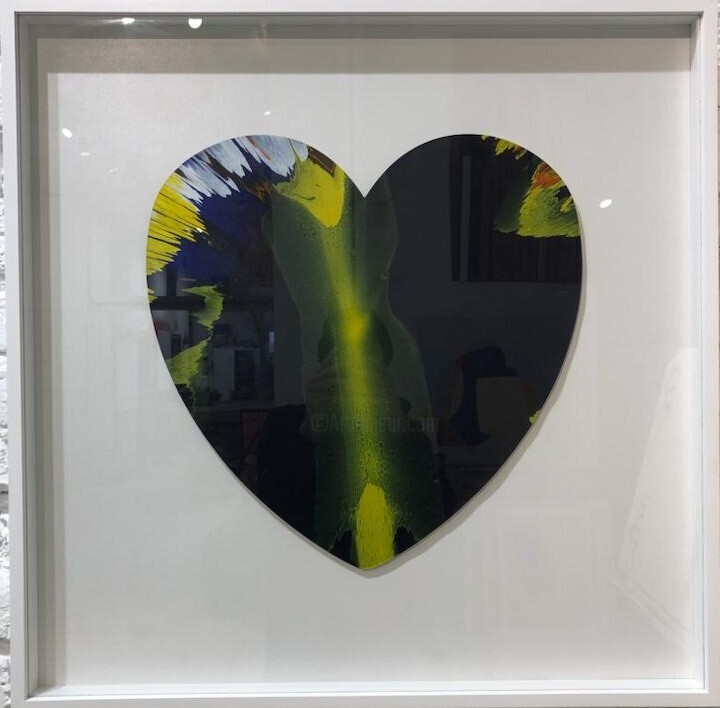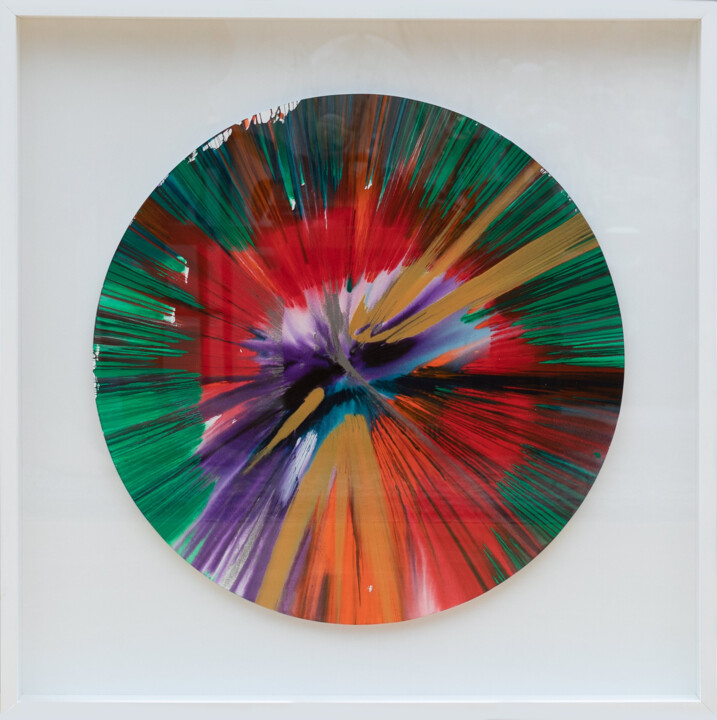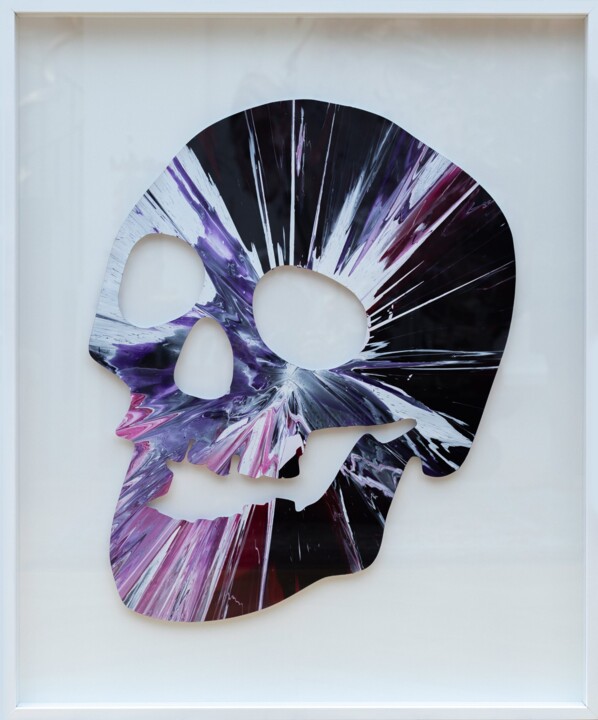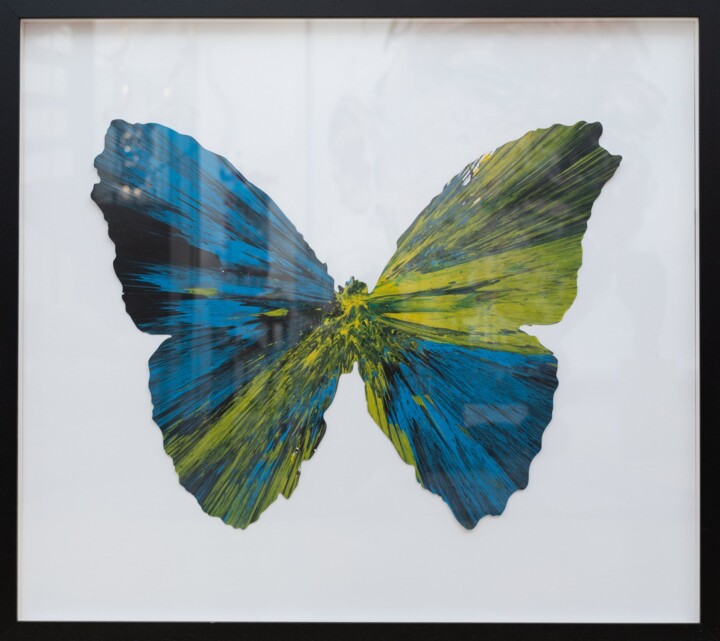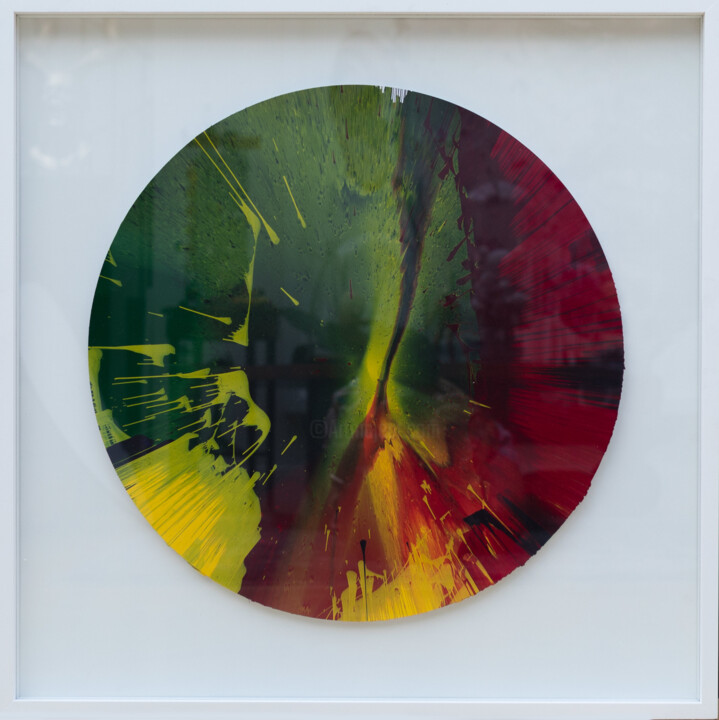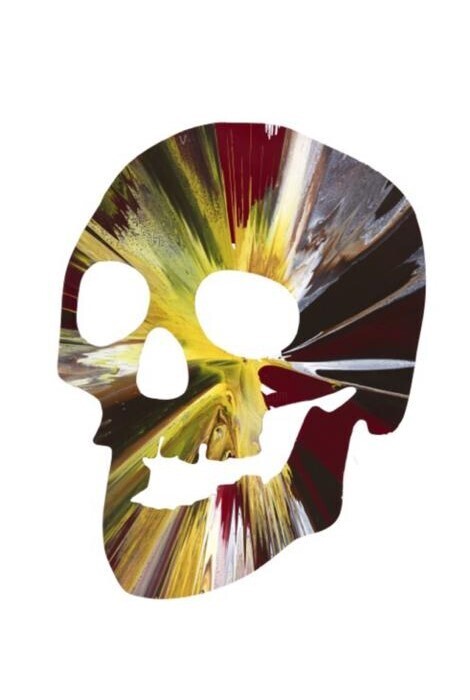 François Pinault in July 2015, via Wikipedia.
François Pinault in July 2015, via Wikipedia.
Who is François Pinault?
François Pinault, born on August 21, 1936, is a French tycoon in the world of business. He is renowned as the founder of the opulent conglomerate Kering and the investment holding entity Artémis.
Pinault embarked on his entrepreneurial journey in the timber sector during the early 1960s. Subsequently, in 1988, his enterprise went public, branching out into investments in specialized retail chains and underwent a name change to become Pinault-Printemps-Redoute (PPR). By the conclusion of 1999, PPR transitioned its focus towards the realms of luxury and fashion. In 2003, he entrusted the management of his enterprises to his eldest son, François-Henri, in order to pursue his deep-seated passion for contemporary art.
It is worth noting that he holds the distinction of being the father-in-law to the accomplished actress and producer, Salma Hayek.
Pinault stands as an eminent figure among art connoisseurs
Within the domain of modern art, Pinault stands as an eminent figure among art connoisseurs. The Wall Street Journal has highlighted Pinault's profound involvement in the contemporary art sphere, emphasizing his routine engagements in exploring artists' studios and his practice of seeking counsel from advisors during gallery visits. In the span of just a few years, he has adeptly curated one of the most expansive private art assemblages on the European landscape. Remarkably, during this relatively brief period of art collecting, Pinault inaugurated two exclusive art museums in the picturesque city of Venice, Italy. His first venture was the Palazzo Grassi in 2006, followed by the remarkable 4,500-square-meter establishment known as the Punta della Dogana.
 Palazzo Grassi, Venezia, via Wikipedia.
Palazzo Grassi, Venezia, via Wikipedia.
The story of a collector
Pinault initiated his foray into the world of art acquisition with a focus on modern artworks. His inaugural purchase occurred in London in 1972 when he acquired the painting "Cour de ferme en Bretagne" by the French artist Paul Sérusier. This acquisition held a personal resonance for him, as he shared in an interview, as it depicted a rustic Breton scene with an elderly woman that evoked memories of his grandmother. Subsequently, his interest gravitated increasingly toward 20th-century art, with a particular penchant for Surrealist and Cubist artists. A milestone moment in his collecting journey was the acquisition of Mondrian's "Tableau Losangique II" in 1990, a significant purchase for which he expended $8.8 million.
Nonetheless, more than four decades ago, Pinault experienced an epiphany that led him to transition from collecting modern to contemporary art. In explaining this shift, he once remarked that with art produced from the postwar era onward, one could still encounter groundbreaking and significant pieces, whereas earlier art had already found its place in museums, rendering it inaccessible. He stated, "Then—voilà!—I arrived at the contemporary. Two things mattered: the first, to do with my character, my curiosity for knowledge; the second, to be able to buy artists who count."
To gain insight into the rapid pace of Pinault's acquisitions, by the early 2000s, he had amassed more than 2,000 artworks, and today he possesses a staggering collection exceeding 10,000 pieces by nearly 400 artists. This astonishing feat equates to procuring approximately 8,000 works in less than 15 years. His collection encompasses a diverse array of artistic forms, including paintings, sculptures, videos, photographs, audio works, installations, and performance pieces. These artists hail from various corners of the globe and span generations. Among the notable names in his collection are Cy Twombly, Cindy Sherman, Damien Hirst, Jeff Koons, and Marlene Dumas. As stated on Pinault's new museum website, this comprehensive assemblage, dedicated to art from the 1960s to the present day, presents a subjective perspective on the art of our times, as seen through the eyes of a passionate art enthusiast, encapsulating the spirit of its era.
Over the years, Pinault, who has since retired, has adhered to a principle of personally experiencing all the artworks he acquires. He frequently engages in studio visits and directly procures works from artists, nurturing close relationships with them. For instance, over 30 years ago, he established a friendship with the typically reclusive artist David Hammons, a bond that endures to this day. When asked about his criteria for selecting artworks, Pinault shared in an interview, "A good collector needs an eye, emotion, the capacity to feel something in a work. You can be a cold brute in business; you don't need feelings: it's effective to eliminate them. But in art, everything is about emotion."
It is worth noting that Pinault's art collecting endeavors and his involvement in the art world have often drawn comparisons to Bernard Arnault, another prominent French art collector and luxury magnate. While the two have been regarded as business rivals, their contributions to the art world have been substantial. Both have established contemporary art museums and provided support for the arts, contributing to the realization of various art projects that might not have come to fruition without their financial backing. For art enthusiasts, what matters most is their shared commitment to advancing the world of art.
Pinault Collection
The Pinault Collection serves as the overseeing entity responsible for the custodianship and administration of the artistic and cultural assets associated with the French entrepreneur François Pinault. This encompasses a wide spectrum of elements, including the esteemed Pinault family art collection, the operation of exhibition facilities, institutional and cultural collaborations, the provision of art loans, and initiatives supporting artists-in-residence.
The collection's artworks are recurrently showcased on a global scale, showcased prominently within the most distinguished museums worldwide, all thanks to a steadfast policy of lending and the creation of exclusive exhibitions. These exhibitions find their homes in various cities, such as Lille, Moscow, Essen, and Stockholm, among others. However, the heart of the Pinault Collection's activities predominantly resides within Punta della Dogana and Palazzo Grassi in the enchanting city of Venice. It's worth noting that, commencing in 2021, to these two iconic places in Italy was added by none other than the former headquarters of the Paris Stock Exchange.
Palazzo Grassi
Situated gracefully along the picturesque banks of the Grand Canal in Venice, Palazzo Grassi stands as a magnificent exemplar of neoclassical architecture. In 2005, this iconic edifice found itself under the ownership of the Pinault family, who had a distinct purpose in mind – to provide an exquisite abode for the illustrious Pinault collection. It's worth noting that Palazzo Grassi's resonance with the art world was already established during its prior stewardship under Fiat, which orchestrated a medley of exhibitions within its hallowed walls.
The pivotal year of 2006 marked the initiation of an architectural transformation, entrusted to the acclaimed Japanese architect and Pritzker Prize laureate, Tadao Ando. By year's end, Palazzo Grassi emerged in renewed grandeur, unveiling its splendor with the inauguration of the Pinault collection exhibition.
Over the course of five years, these twin Venetian venues bore witness to the presentation of over 500 exclusive masterpieces from the collection. Yet, Palazzo Grassi did not limit itself solely to established artists; it also played a pivotal role in promoting emerging talents, such as Tatiana Trouvé and Julie Mehrethu. A rich tapestry of cultural, philosophical, artistic, dance, and performance events found a nurturing haven within its walls. Furthermore, Palazzo Grassi fostered a spirit of inclusivity through its free admission initiatives, often in collaboration with esteemed Venetian institutions and academic entities like Ca' Foscari, IUAV University, and the Academy of Fine Arts.
As of 2020, the mantle of directorship for the Palazzo Grassi - Punta della Dogana complex was assumed by Bruno Racine, marking yet another chapter in the enduring legacy of this cultural haven.
Punta della Dogana
A historic edifice gracing the city of Venice, Punta della Dogana has served as a hub for customs operations since the distant year of 1300. Its strategic placement at the confluence of the Grand Canal and the Giudecca Canal endowed it with significant importance. In its contemporary guise, Punta della Dogana stands as the Pinault Collection's second Venetian stronghold.
The story of its transformation unfolds in July 2006 when the City of Venice initiated a call for proposals, seeking to lease Punta della Dogana for a 30-year tenure, with the aim of birthing a haven for contemporary art. François Pinault actively engaged in this endeavor and ultimately triumphed over competing bidders, including the venerable Solomon R. Guggenheim Foundation, with the notable collaboration of the acclaimed Iranian architect Zaha Hadid. In a notable twist of fate, the renovation of this historic structure was entrusted to the eminent architect Tadao Ando, renowned for his mastery of minimalist design principles.
Punta della Dogana has evolved into a cherished venue for hosting illustrious luminaries in the realm of contemporary art. Among its triumphant exhibitions, two stand out prominently: "In Praise of Doubt" in 2011, an exposition that prominently featured Maurizio Cattelan and his evocative creation "All," and the 2017 exhibition "Treasures from the Wreck of the Unbelievable" by the prolific artist Damien Hirst.
Il Teatrino
In the year 2012, the custodians of the Pinault Collection embarked on a transformative journey aimed at reviving the Teatrino, a space that originally sprang to life in 1857 as the envisioned garden of Palazzo Grassi. Over a century later, it underwent a metamorphosis into an open-air theater, only to be forsaken in 1983. Collaborating closely with the Municipality of Venice and the Superintendence of Architectural and Landscape Heritage of Venice, this ambitious renovation endeavor was entrusted to the gifted architect Tadao Ando.
Presently, the Teatrino stands resplendent, boasting a 220-seat auditorium complete with a welcoming foyer and indispensable technical facilities. This revitalized space serves as a vibrant epicenter for a diverse range of cultural expressions, encompassing theatrical performances, enlightening lectures, captivating readings, soul-stirring concerts, and compelling screenings. It maintains an enduring dialogue with its venerable counterpart, Palazzo Grassi.
Since its momentous inauguration in 2013 to the present day, the Teatrino has played host to a multitude of cultural events that have resonated with art aficionados. Distinguished luminaries such as Doug Aitken, Francesco Vezzoli, and Olivier Saillard have lent their creative prowess to this dynamic platform. Furthermore, the Teatrino has forged robust partnerships with esteemed cultural institutions, including the Venice Biennale, the Venice Civic Museums Foundation, and the Festival dei Matti, among others.
Bourse de Commerce
One of the major developments on the cultural front in post-pandemic Paris was the inauguration of the Bourse de Commerce Pinault Collection. This eagerly anticipated contemporary art museum, housing the esteemed Pinault Collection, threw open its doors on May 22, 2021. Situated at 2 rue de Viarmes, within the Les Halles district, it occupies the premises of the former Paris Bourse de Commerce (distinct from the Palais Brongniart Paris Stock Exchange located at Place de la Bourse). The Bourse de Commerce de Paris now serves as the permanent residence for François Pinault's remarkable collection.
François Pinault expressed his enthusiasm, stating, "The establishment of a new venue for my collection at the Bourse de Commerce, nestled in the heart of Paris, marks a significant milestone in the realization of my cultural vision: to share my profound appreciation for contemporary art with a broad audience."
Spanning an impressive 6,800 square meters, the Bourse de Commerce showcases a permanent exhibition of contemporary art drawn from the Pinault Collection. The display is thoughtfully curated into thematic and monographic sections, with special attention paid to the collection's most renowned artists.
Furthermore, the institution hosts temporary exhibitions, generates fresh artistic productions, provides spaces for immersive cultural and educational programming, and boasts a subterranean auditorium with 284 seats. This auditorium accommodates an array of activities including lectures, gatherings, film screenings, concerts, live performances, and a diverse range of events.


 Selena Mattei
Selena Mattei

